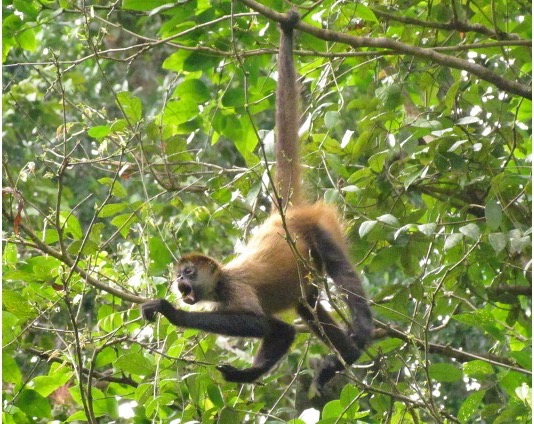

Adaptations
Living organisms possess a variety of adaptations to help them to survive in specific biomes or under certain abiotic conditions
-
For example, different environmental pressures are present in a coastal sand dune and a mangrove swamp
Coastal Sand Dunes
Sand dunes are characterised by low levels of loosely-packed sediment with reduced nutrient levels and minimal water availability
-
Marram grasses have horizontal underground stems (rhizomes) to maximise root penetration and stabilise the plant
-
Its root system is deep and extensive to improve anchorage and access to deeper reservoirs of underground water
-
Leaves are curled to reduce exposure of stomata to external air (reducing transpiration loss in windy conditions)
-
The stomata are sunk in pits to better trap water vapour and reduce transpiration loss
-
The grasses are low growing to reduce exposure to the wind and improve anchorage in shifting sands

Mangrove Swamps
Mangrove swamps are characterised by waterlogged soils with low oxygen availability and high levels of salinity
-
Mangroves may have parts of their roots above ground (aerial root system) to take in oxygen for cell respiration
-
Mangroves are halophytes (salt tolerant) and can sequester salts within the cell wall or vacuoles to minimise osmotic disruptions
-
Some mangroves may concentrate salts in particular leaves, which are then separated from the plant via abscission
-
Certain parts of a mangrove plant (e.g. stems or leaves) may contain salt glands which actively eliminate salt
-
Mangroves have deeply penetrating tap roots that are specialised to exclude salt uptake
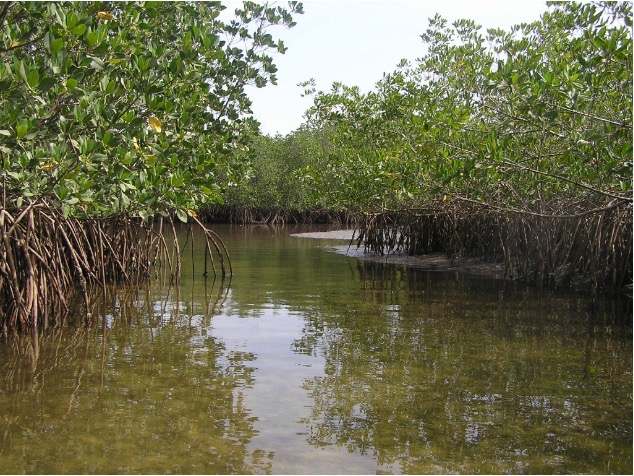
Different Habitats

Marram Grass

Mangroves
Hot Deserts
Deserts are characterised by low levels of rainfall (dry and arid) and extreme temperatures (very hot during the day)
-
Plants adapted to desert conditions are called xerophytes and are typically low-growing with reduced leaves (to minimise transpiration)
-
Most plants (such as the Saguara cactus) have thick, waxy cuticles to reduce water loss by evaporation
-
Animals will typically spend daylight hours in underground burrows or shaded areas to avoid the higher temperatures
-
Most animals (such as the kangaroo rat) have kidneys with longer loops of Henle – this improves water retention and produces more concentrated urine
-
Camels store fats in a specialised hump to reduce the insulation of body tissues and prevent overheating
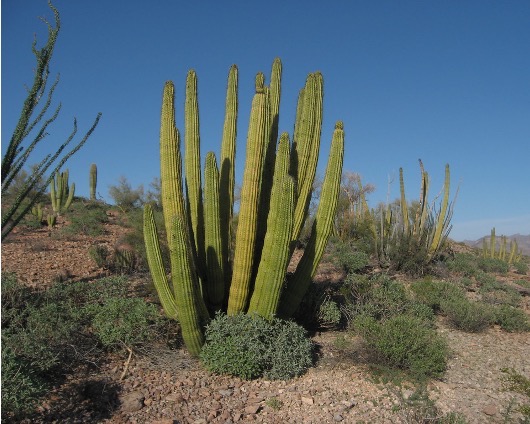
Tropical Rainforests
Tropical rainforests are characterised by dense vegetation (restricting light availability) and high levels of biodiversity
-
Plants must compete for access to sunlight (epiphytes grow on tree branches while lianas use trunks as a climbing scaffold)
-
Emergent trees (such as the Kapok tree) grow above the canopy and are supported by wide buttress roots
-
Animals (such as the spectacled owl) may be nocturnal or rely on other senses to thrive in low light conditions
-
Due to the dense vegetation, animals like spider monkeys have a smaller stature and possess limb structures suited for climbing and brachiation
-
Animals will often be camouflaged or use biological mimicry to hunt or avoid predation (for example, the orchid mantis looks like an orchid flower)
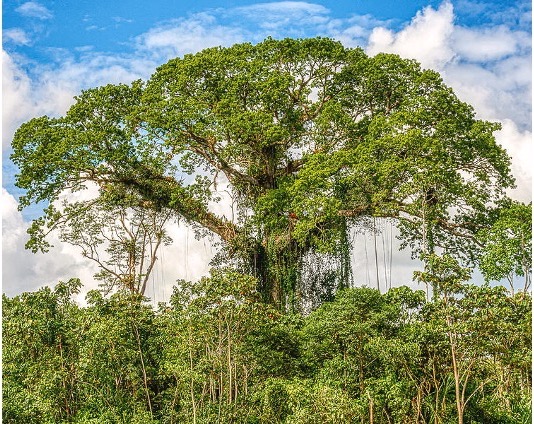
Different Adaptations

Desert Cactus
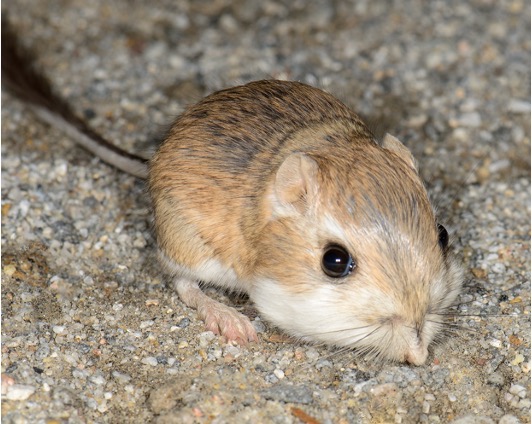
Kangaroo Rat

Kapok Tree
